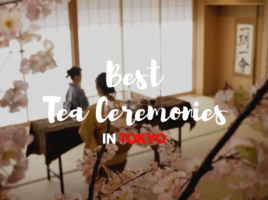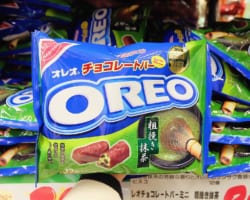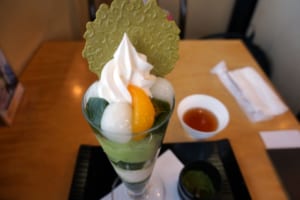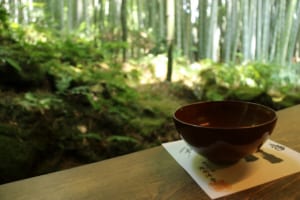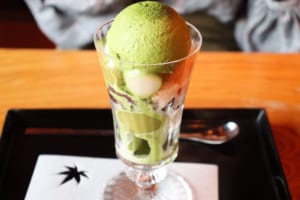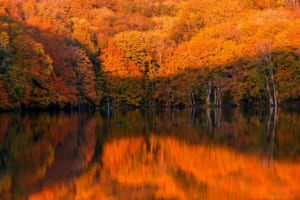10 Best Tea Regions in Japan
The Tea Route: Your Guide to Japan's Finest Brews
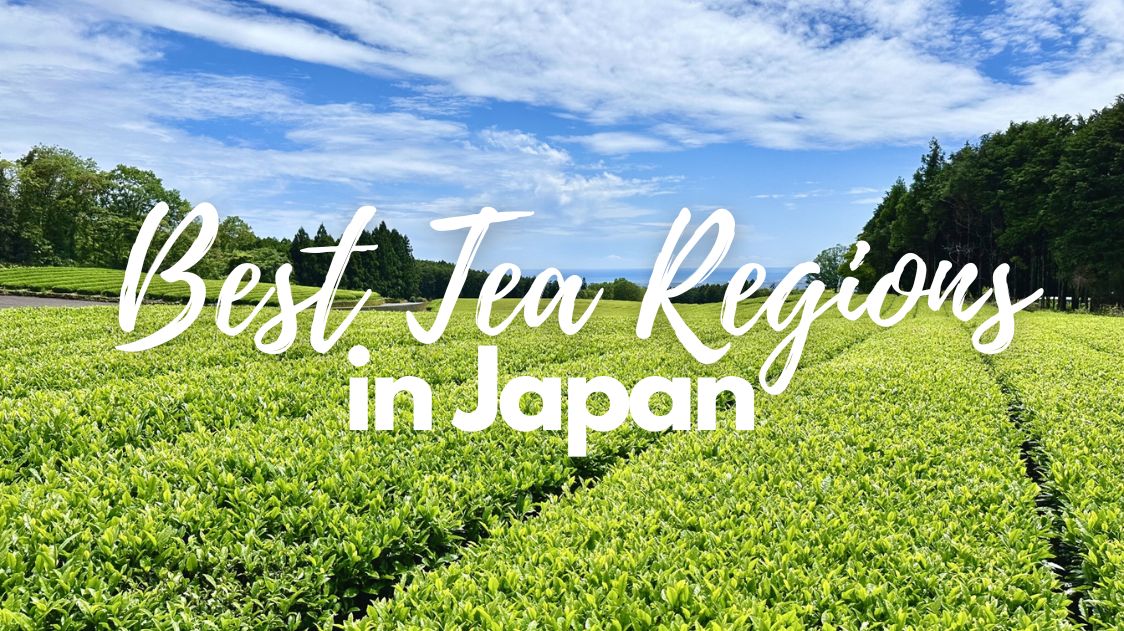
Japanese tea has garnered global acclaim, not just for its rich flavors but also for its versatility in culinary applications.
The country’s unique climate, averaging temperatures of 14–16 degrees Celsius and annual rainfall above 1,300mm, provides an ideal setting for tea cultivation. This results in a variety of teas that differ significantly in taste and aroma, depending on the region and cultivation techniques used.
While the global spotlight often falls on popular variants like matcha, the story doesn’t end there. These teas are culinary chameleons, gracing not just teacups but also a range of desserts and dishes. After all, despite being the 8th largest tea producer in the world, around 95% of it is for local consumption! You heard that right, during the past few years, tea exports have been only 5% or less of the total production. This fact alone will probably give you a better insight into the importance of tea culture in Japan.
So the best tea regions we are introducing here will surely be must-explore destinations for anyone interested in the country’s food and culture! Here’s our list of the 10 best tea regions in Japan.
▽Check our green tea shopping guide!▽
1. Shizuoka: The Heavyweight of Japanese Tea
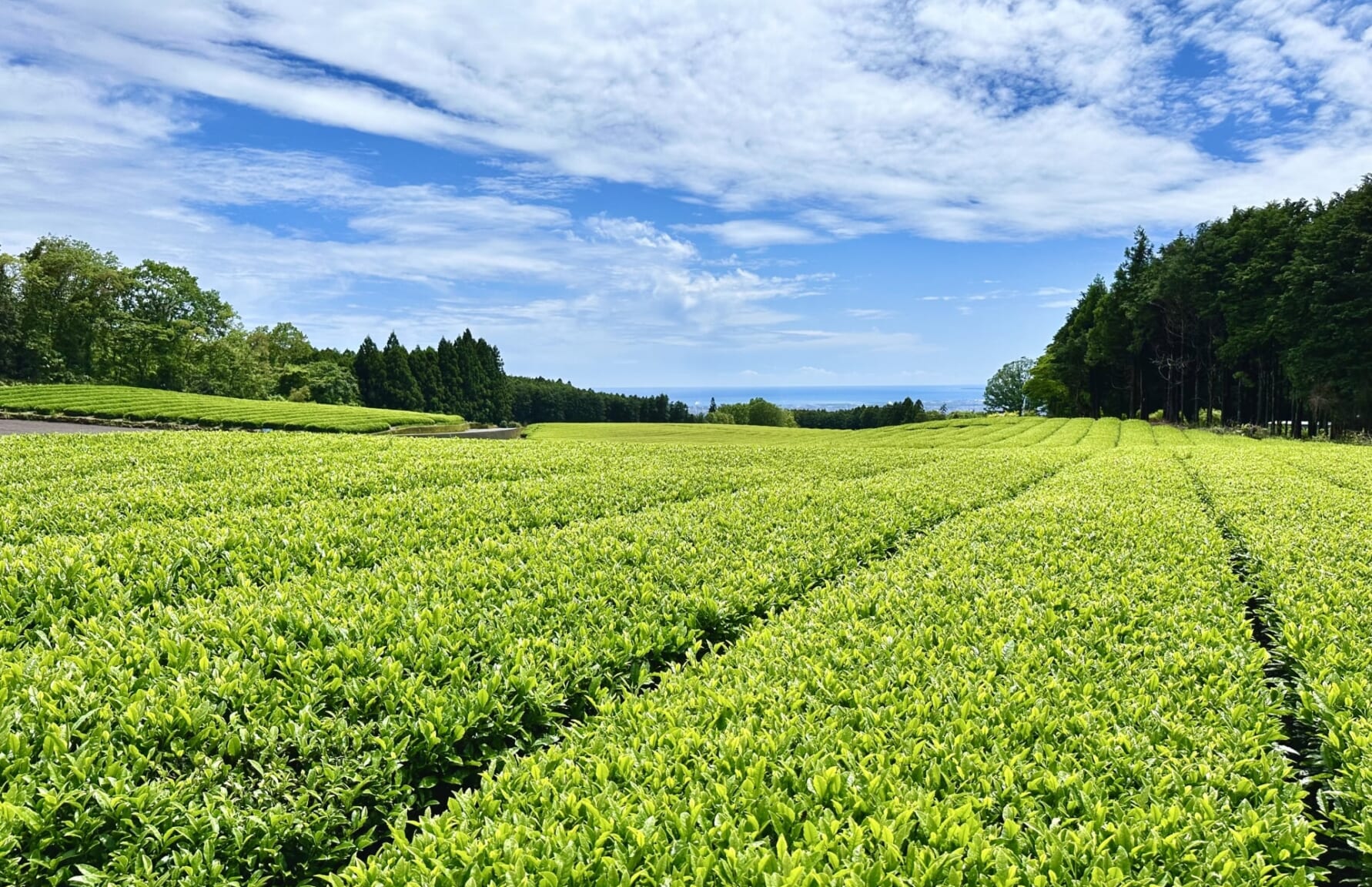
The region is divided into eight major tea-producing areas, each with its own unique characteristics and methodologies. For instance, Kawane (川根) is known for its high-quality green tea, thanks to the local geography that causes a high contrast between daytime and nighttime temperatures. Makinohara, on the other hand, is Japan’s largest green tea region, with plantations stretching as far as the eye can see. The high plateau provides ample sunshine, resulting in a delicate, sweet tea.
Shizuoka’s tea history dates back to the Kamakura Period, and it has been a major supplier to the Tokugawa Shogunate. The region is also the birthplace of the “Yabukita” cultivar, which accounts for over 90% of Shizuoka’s tea cultivation area. This cultivar was chosen for its ease of growth and high-quality sencha.
▽Learn more about green tea in Shizuoka!▽
▶Obuchi Sasaba and Imamiya: Best Green Tea Plantations in Shizuoka
▶Enjoy the View of Mt.Fuji at Obuchi Sasaba and Imamiya Tea Plantations
2. Kagoshima: The Innovator of Japanese Tea
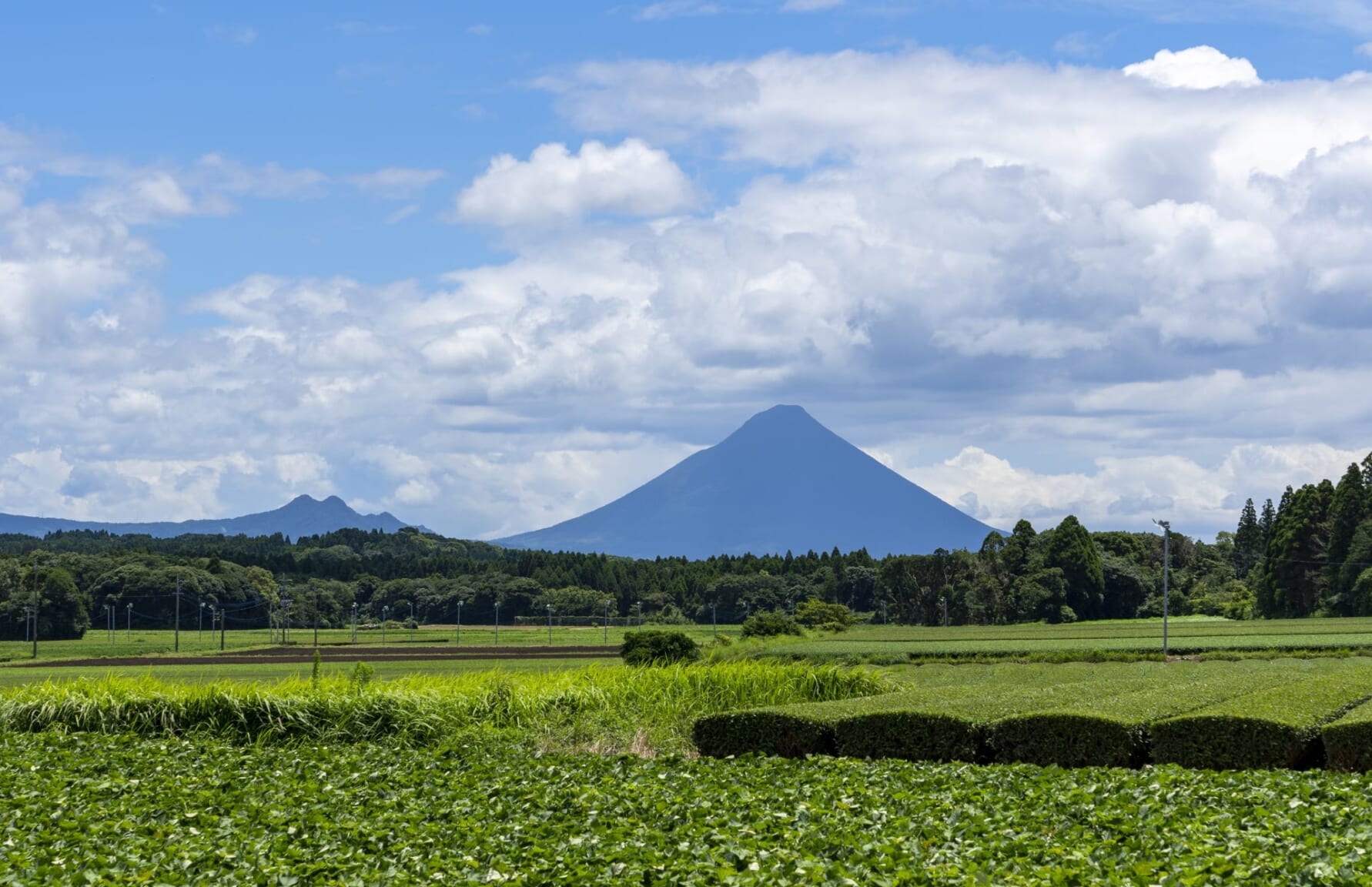
The region’s mild climate and long sunshine duration allow for the earliest shipment of Shincha (新茶), or first flush green tea, in Japan. Kagoshima is known for its high-volume harvesters, designed exclusively for the broad, flat terrain of the prefecture. These machines ensure a precise and even pluck of each tea leaf. The region is a hub for tea cultivar diversity. While the Yabukita (やぶきた) cultivar makes up 41% of Kagoshima’s tea production, the Yutaka Midori (ゆたかみどり) cultivar follows closely at 28%. The area is also a pioneer in blending tea leaves from multiple cultivars to achieve a balanced aroma and taste.
Kagoshima’s tea industry is in a constant state of improvement, making it a key player in Japan’s tea future.
3. Mie: The Underdog with a Punch
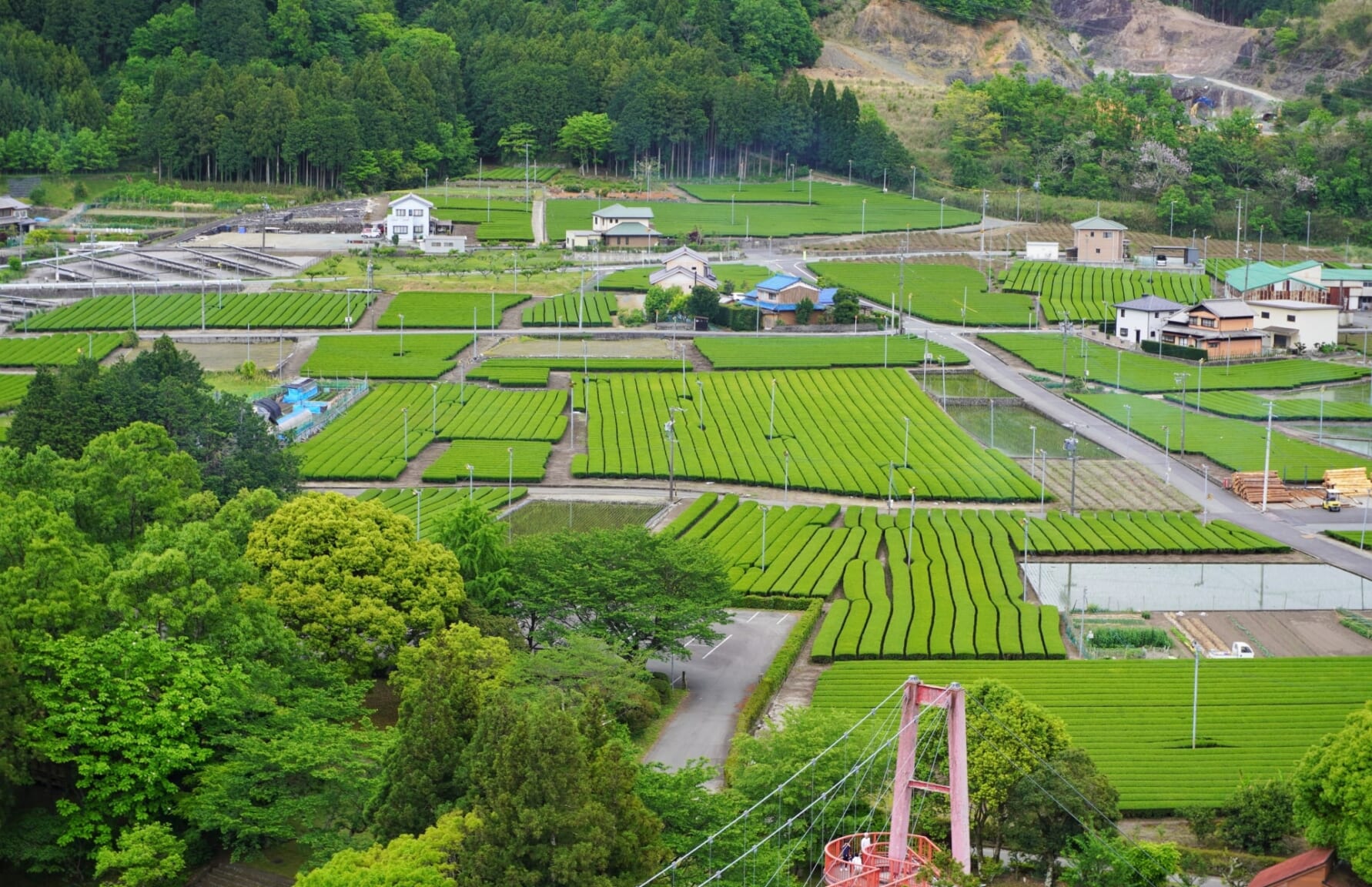
Known for Ise tea (伊勢茶), Mie is the third-largest tea producer in Japan. The region specializes in Kabusecha (かぶせ茶), a type of tea shaded for two weeks before harvest, deepening its umami and darkening the leaf color. Mie is the largest producer of Kabusecha in Japan. The prefecture has two main tea-growing areas: Hokusei and Chu-nansei. Hokusei is known for its Sencha (煎茶) and Kabusecha, while Chu-nansei specializes in high-quality Sencha and Fukamushi-Sencha (深蒸し煎茶).
Interestingly, Mie also has the largest share of tea processed for desserts like ice cream. However, the region faces a branding challenge as most of its tea is used as an ingredient in branded teas from other prefectures.
4. Uji: The Birthplace of Japanese Tea Culture
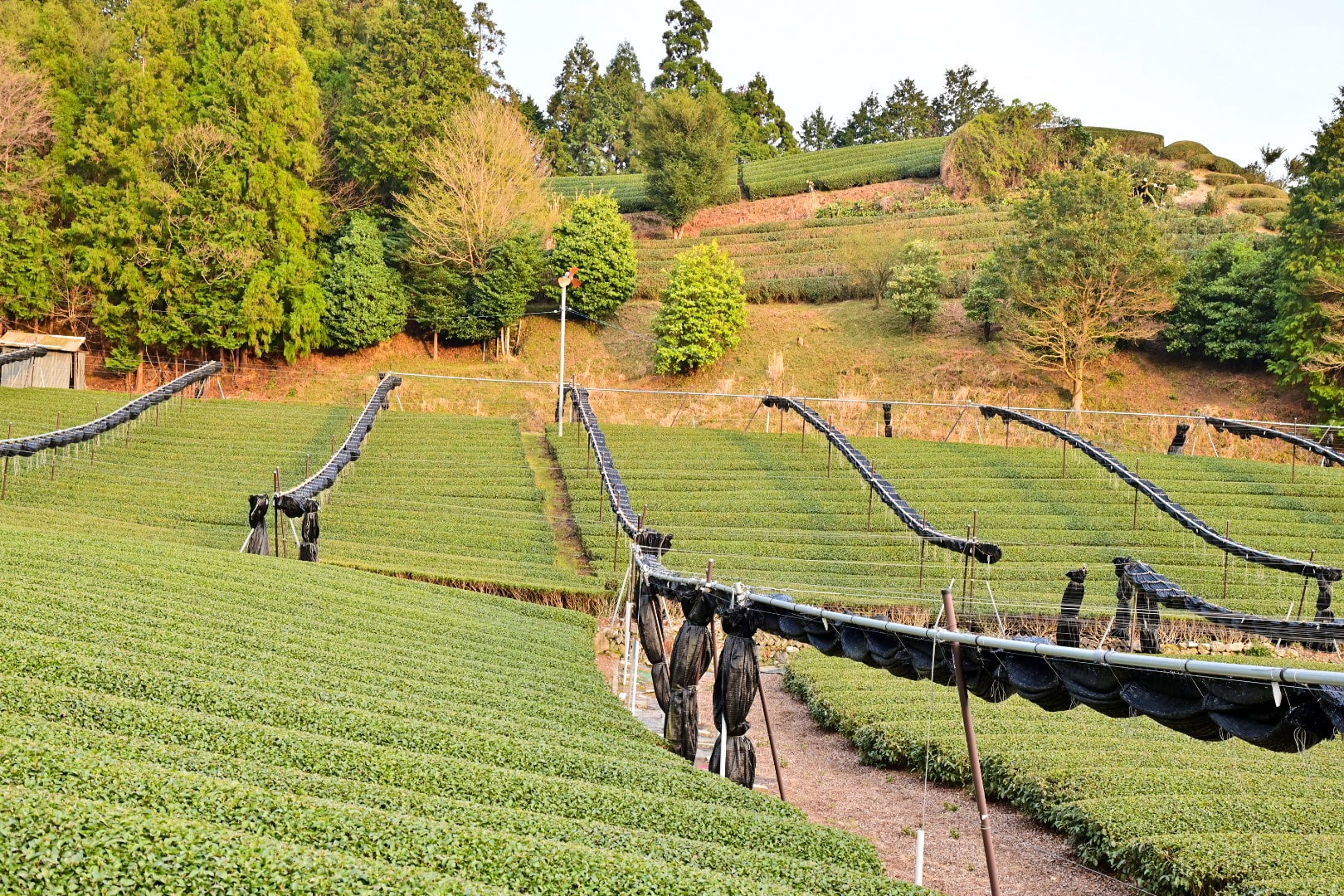
The area is particularly famous for its matcha (抹茶) and gyokuro (玉露), both of which are shade-grown to enhance their flavor and nutritional content. Uji’s unique climate, featuring misty mornings and well-drained soil, plays a crucial role in shaping the distinct characteristics of its teas. The region is also a hub for traditional tea ceremonies, boasting numerous tea houses and even tea museums.
This rich cultural backdrop, combined with its reputation for quality, has made Uji tea (宇治茶) a household name in the world of tea, both in Japan and internationally.
▽More details about Uji Matcha in Kyoto!▽
▶Wazuka Tea Farm: Kyoto’s Hidden Teatopia
5. Fukuoka: The Versatile Tea Region
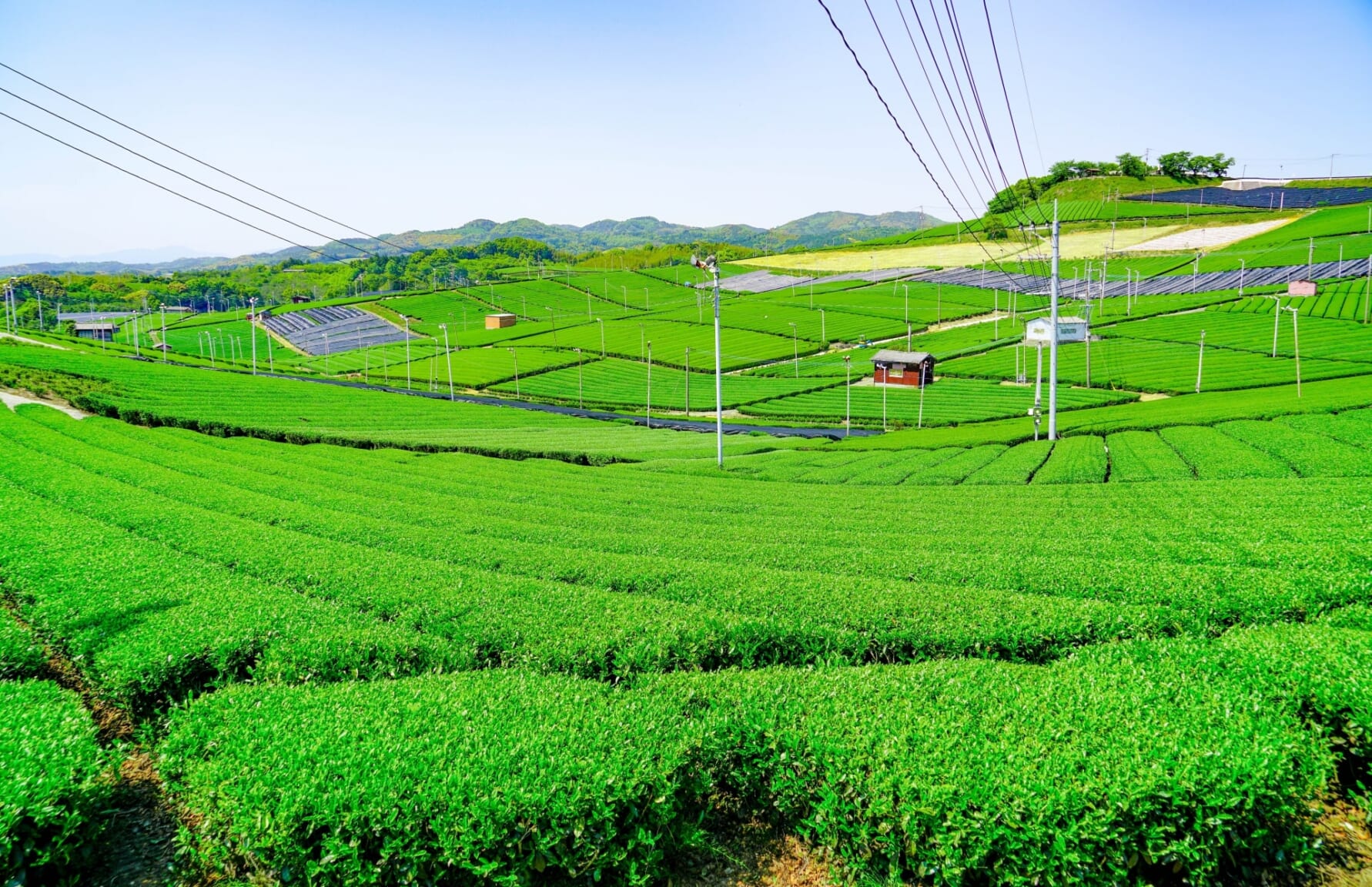
The region is known for its diverse range of teas, including sencha, gyokuro, and bancha (番茶). Yame (八女), a specific area within Fukuoka, is particularly renowned for its gyokuro, a premium green tea that is shade-grown for about 20 days before harvest. The region’s climate, marked by ample rainfall and significant temperature fluctuations, creates an ideal environment for tea cultivation. Fukuoka’s teas are celebrated for their rich aroma and umami flavor, attributes that have garnered them both domestic and international acclaim.
The region also hosts annual tea festivals, which serve as a platform for tea enthusiasts and experts to come together and celebrate this ancient beverage.
6. Miyazaki: The High-Quality Green Tea Hub
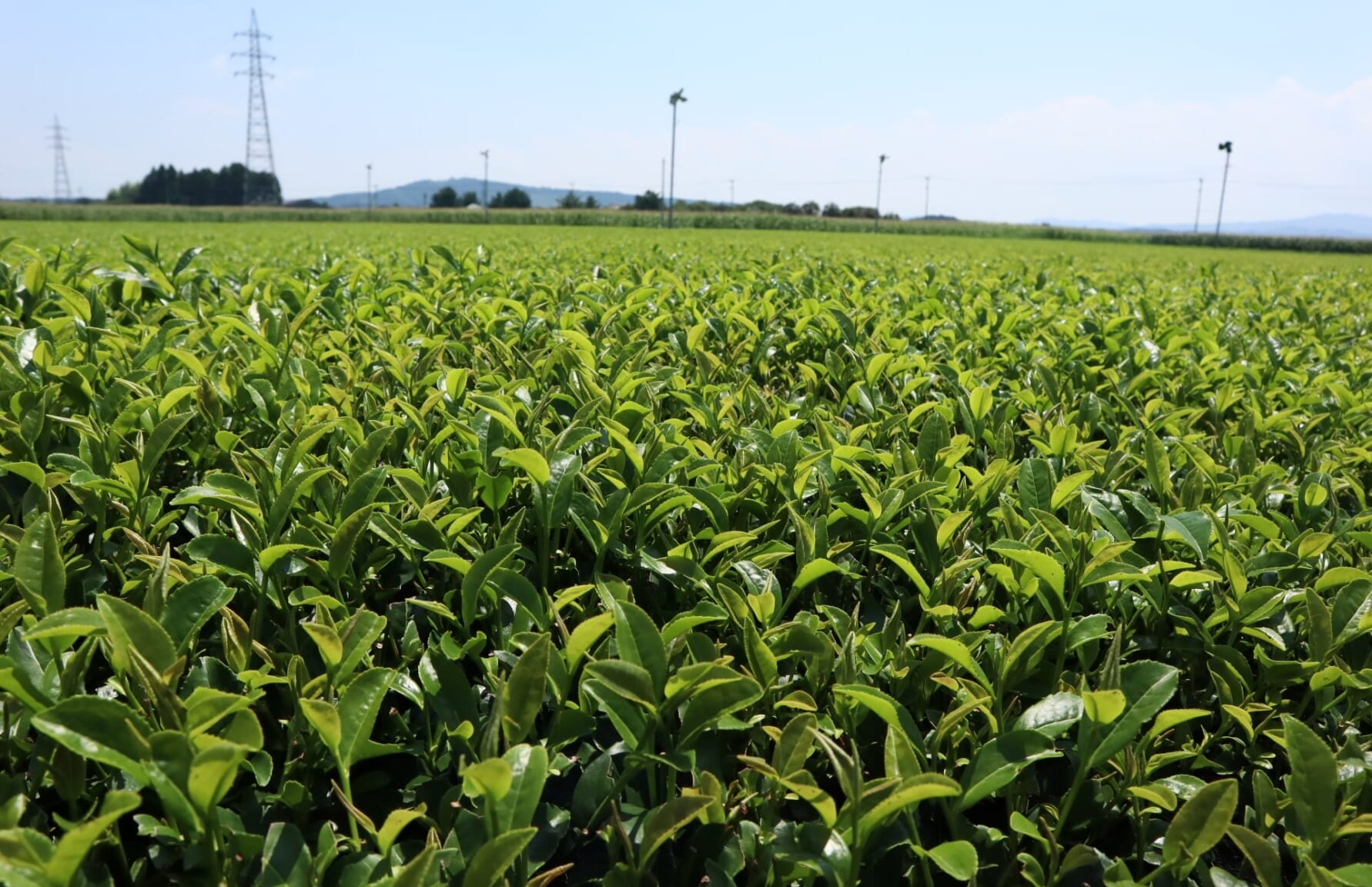
The region specializes in sencha and gyokuro, with the Makizono (牧園町) area being particularly noteworthy for its sencha. Miyazaki’s unique geography, featuring both coastal and mountainous terrains, contributes to the distinct flavor profiles of its teas. The region’s climate, characterized by mild winters and abundant sunshine, provides optimal conditions for tea cultivation, allowing to produce teas that are known for their rich aroma and deep flavor, making them a favorite among discerning tea drinkers.
The region is also exploring innovative cultivation techniques to further enhance the quality of its teas.
7. Saitama: The Flavorful Tea of Sayama
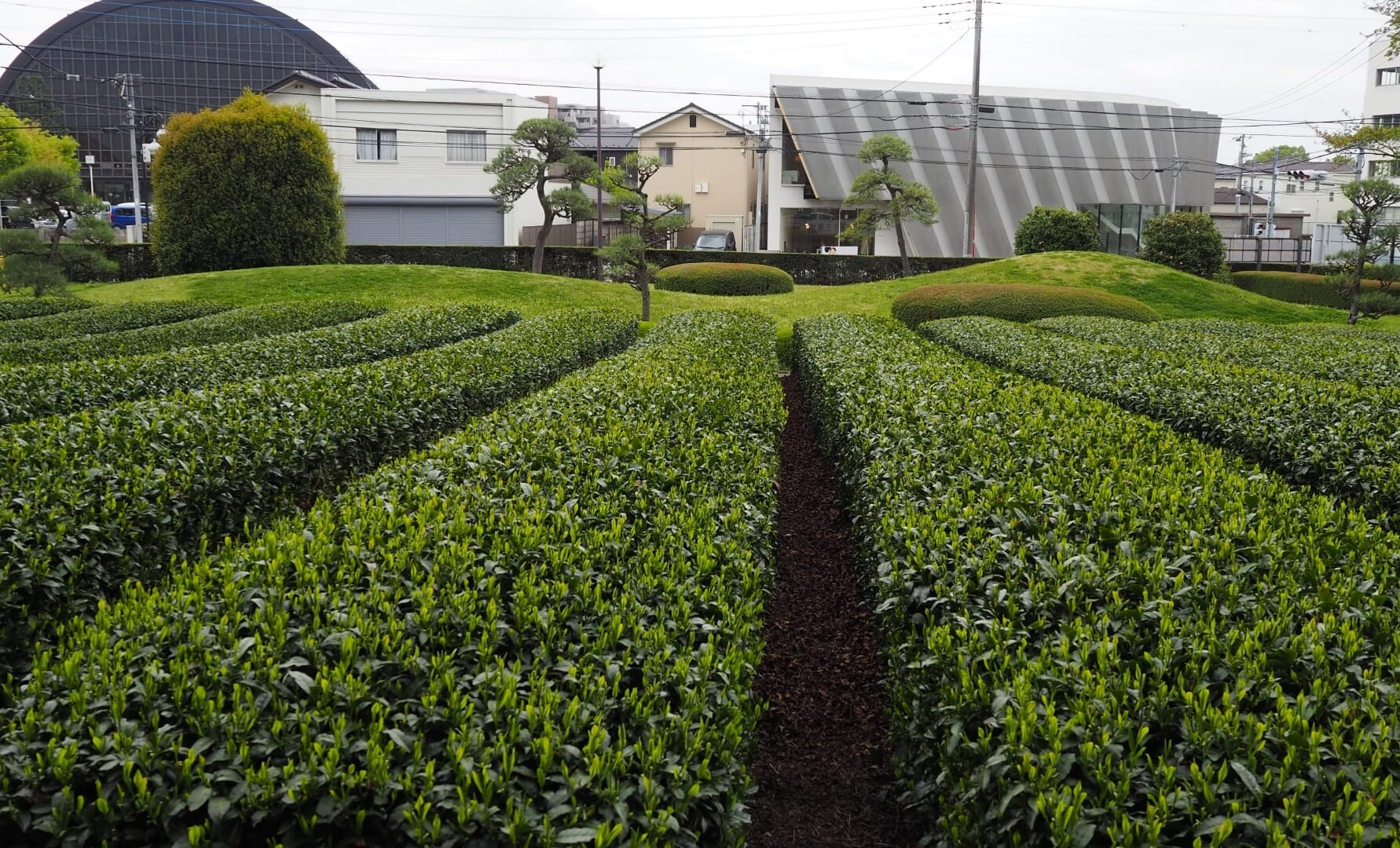
Located just north of Tokyo, Sayama is unique for its colder climate, which results in a longer growing season and a more concentrated flavor in the tea leaves. The region is famous for its bold yet sweet sencha, which has a distinct aroma that is both slightly grassy and floral. Sayama’s teas are highly valued for their complexity and are often used in traditional Japanese tea ceremonies. The region has also been successful in producing high-quality bancha and hojicha (ほうじ茶), broadening its appeal to a wider range of tea enthusiasts.
Sayama’s teas offer a different kind of luxury, one that is both robust and intricately layered.
8. Kumamoto: The Pioneering Spirit in Tea Cultivation

Known for its Tamaryokucha (玉緑茶), a curled green tea, and Kamairicha (釜炒り茶), a pan-fired green tea, Kumamoto is a region that embraces both tradition and innovation. The area’s climate, featuring mild winters and a good amount of rainfall, is conducive to tea cultivation. Kumamoto is also home to the Kuma District, which has been experimenting with organic farming methods to produce teas that are both high-quality and sustainable.
The region’s teas are known for their unique, slightly sweet flavor and rich aroma, making them a hit among those who appreciate nuanced teas.
9. Ibaraki: The Hidden Gem of Japanese Tea
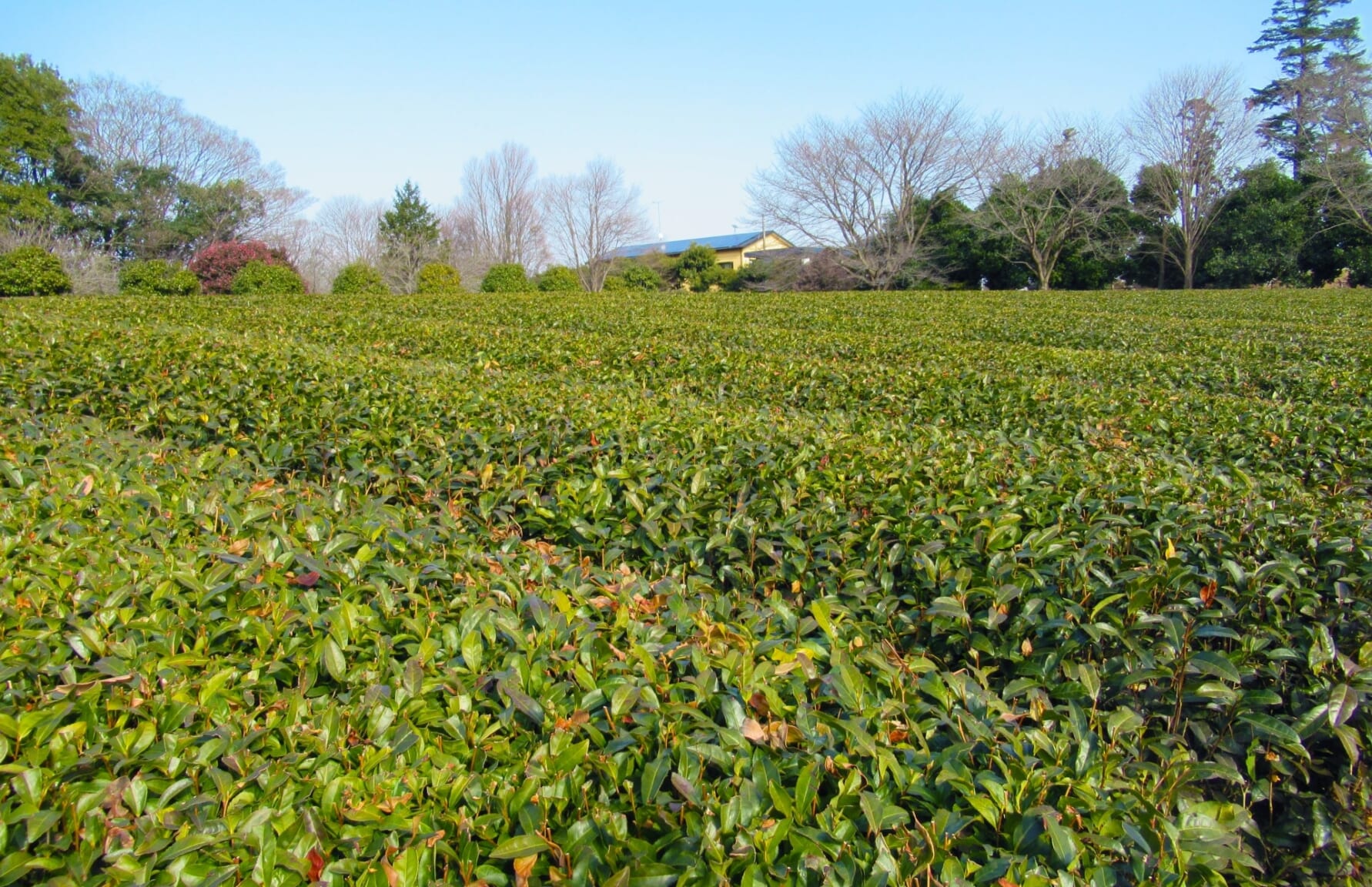
Known for its sencha and bancha, Ibaraki’s teas are characterized by their clean, straightforward flavors. The region’s climate, featuring four distinct seasons and a good balance of rainfall, contributes to the quality of its teas, particularly in the Sashima district (猿島郡) area, which has been gaining recognition for its high-quality sencha.
While it may not be a heavyweight in terms of production volume, Ibaraki’s focus on quality over quantity has earned it a loyal following among tea connoisseurs.
10. Okayama: The Art of Mimasaka Bancha
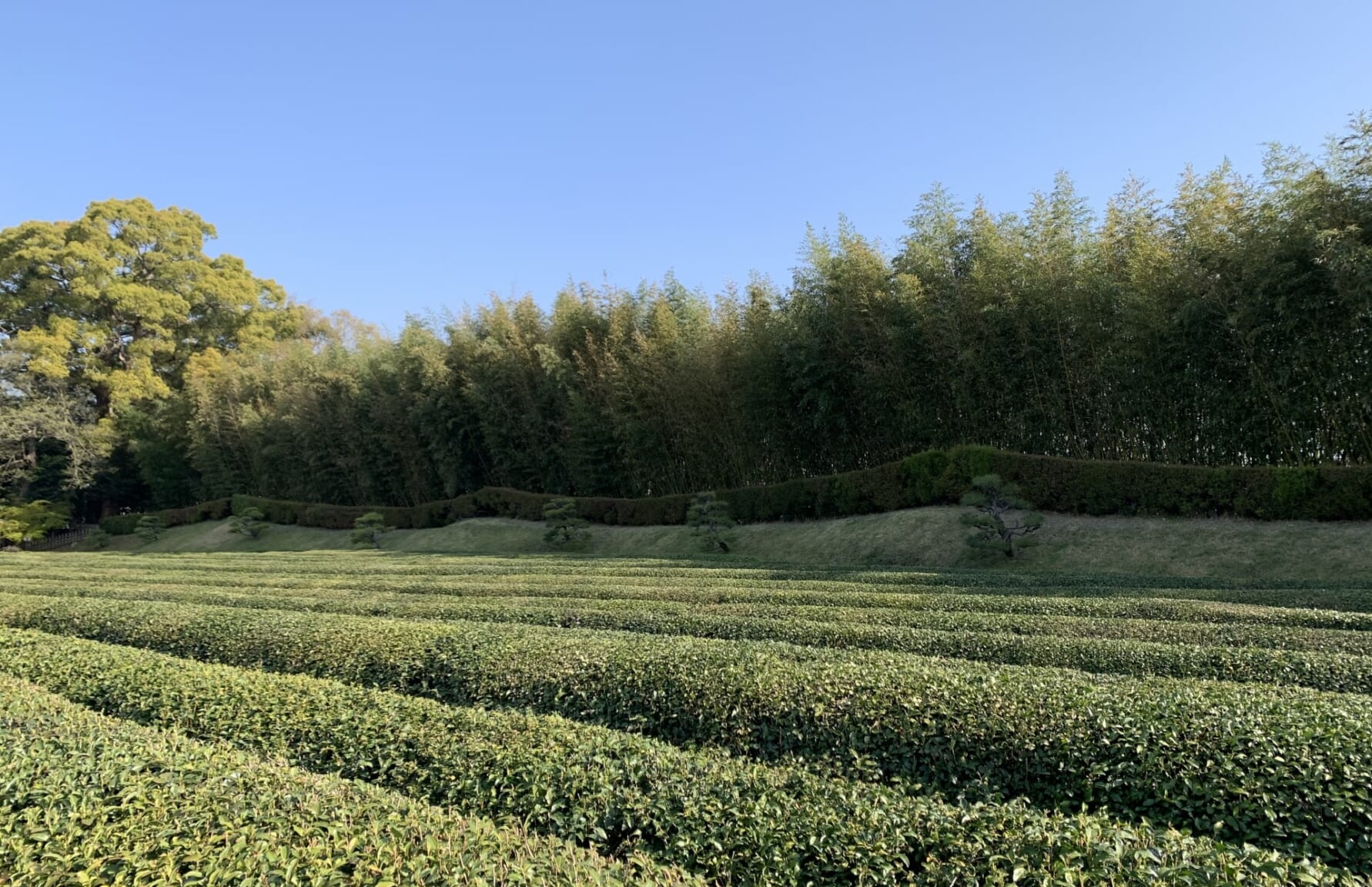
Specifically in the areas of Mimasaka City and surrounding cities, where they offer a unique tea experience with its traditional Mimasaka Bancha (美作番茶). This sun-dried bancha is made using a meticulous process that involves boiling tea branches and leaves in a large cauldron and drying them in the sun. The broth from the boiled branches is then sprinkled over the dried leaves at the hottest time of the day, ensuring even drying. This results in a tea with a mild taste and a hint of sourness, making it a refreshing choice for hot seasons.
The region also produces a variety of other teas like sencha, fukamushicha (深蒸し茶), and kukicha, among others.
Exploring the world of Japanese tea is a journey through diverse landscapes, unique cultivation techniques, and rich cultural traditions. Each region offers its own flavor profile and experience, making Japanese tea a multifaceted delight for both the palate and the soul.
▽Subscribe to our free news magazine!▽
For more information about Japanese products and traveling in Japan, check these articles below, too!
▽Related Articles▽
▼Editor’s Picks▼
Written by
Photographer, journalist, and avid urban cyclist, making sense of Japan since 2017. I was born in Caracas and lived for 14 years in Barcelona before moving to Tokyo. Currently working towards my goal of visiting every prefecture in Japan, I hope to share with readers the everlasting joy of discovery and the neverending urge to keep exploring.






